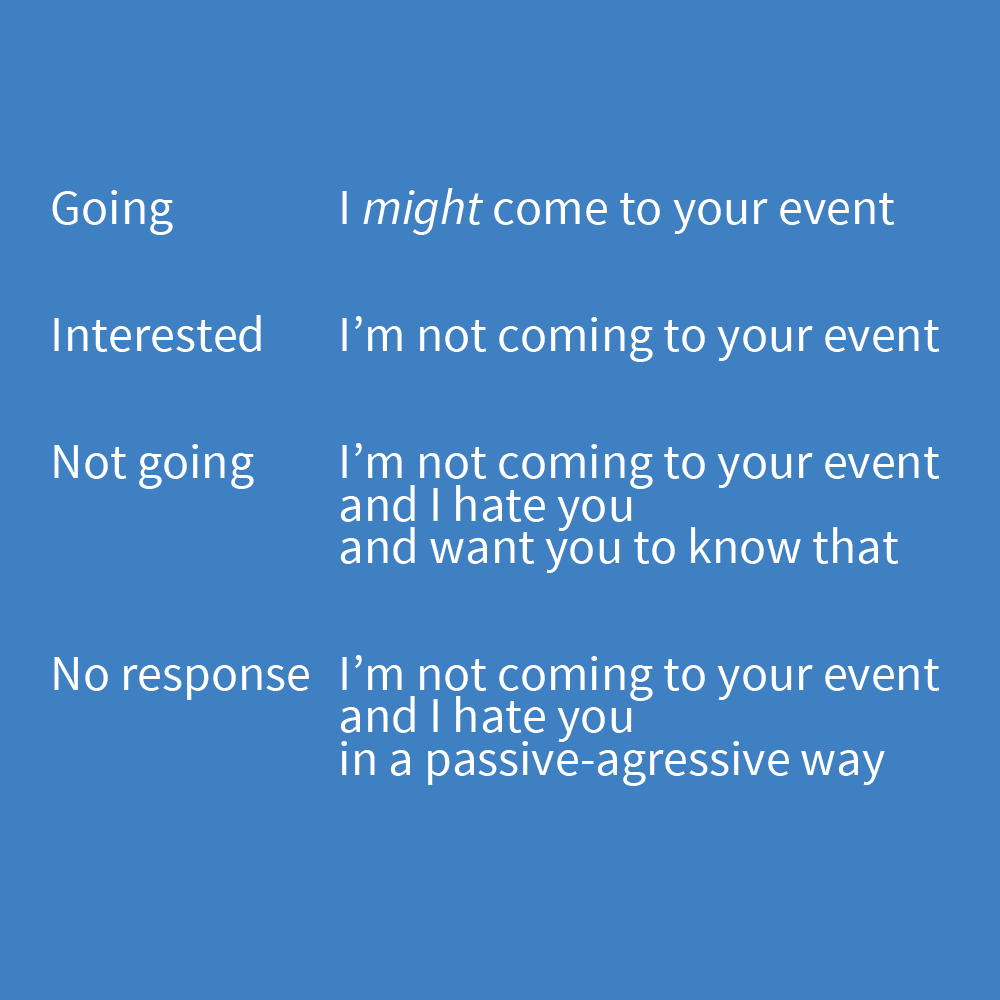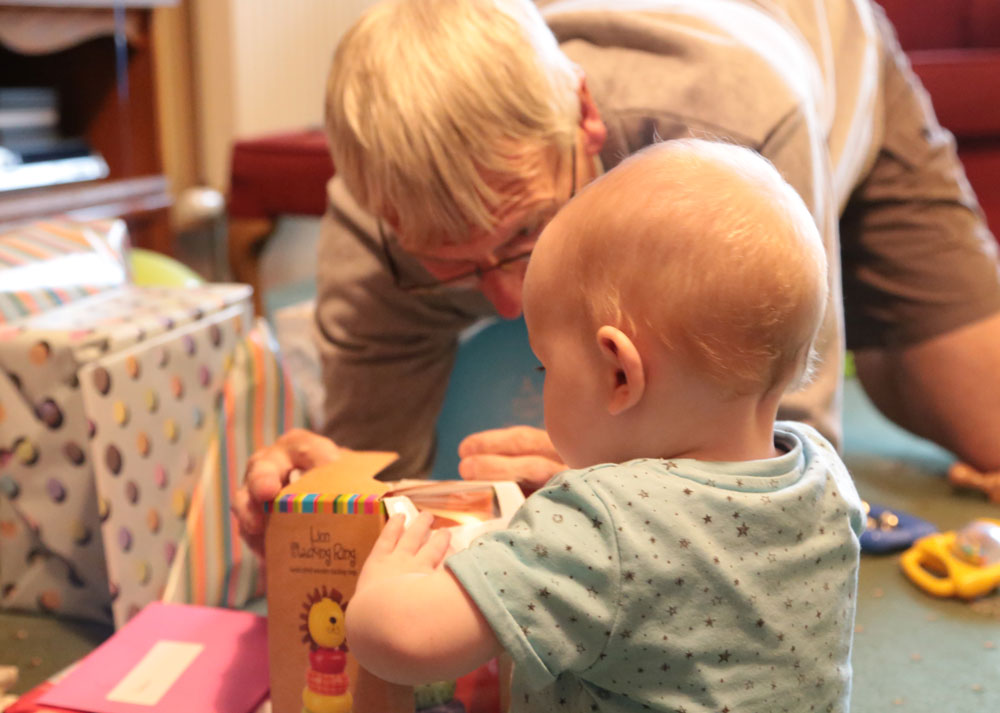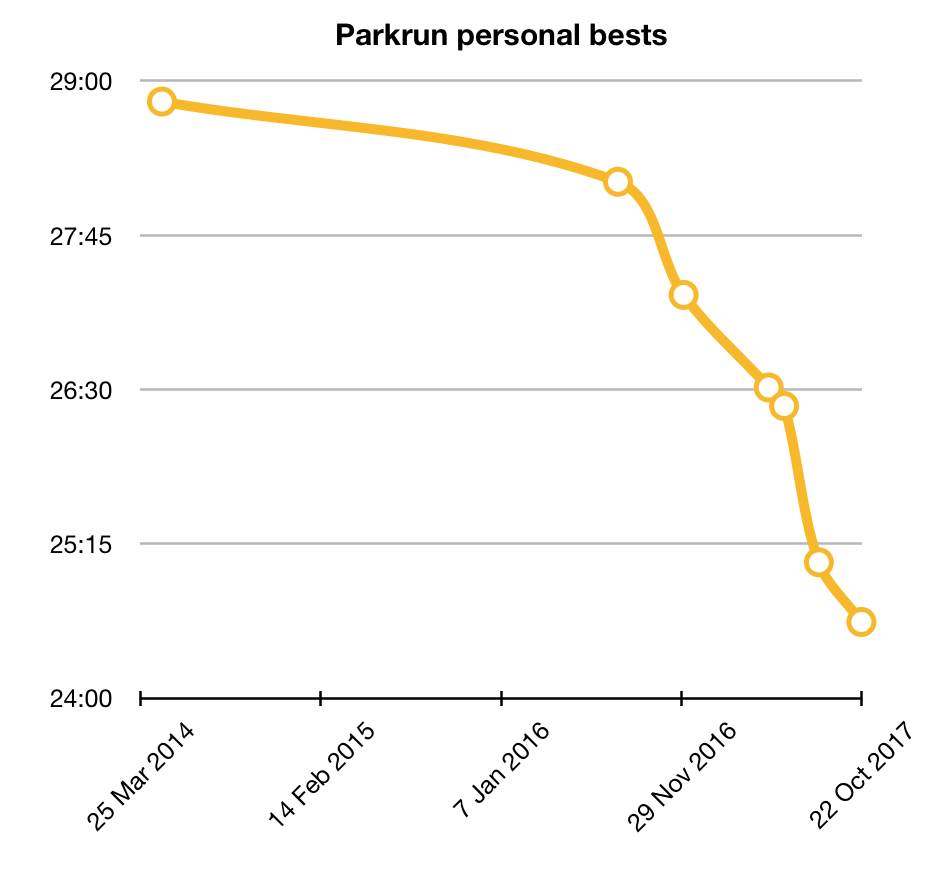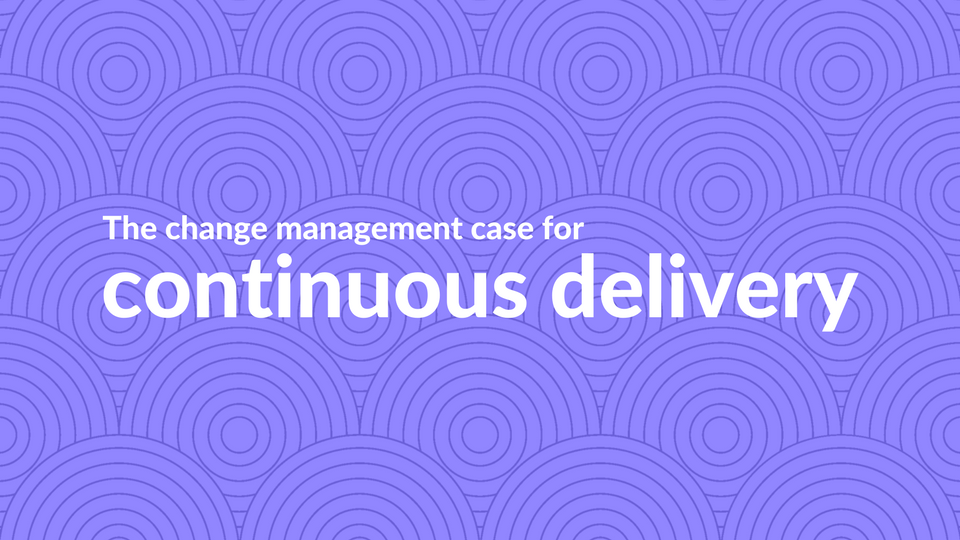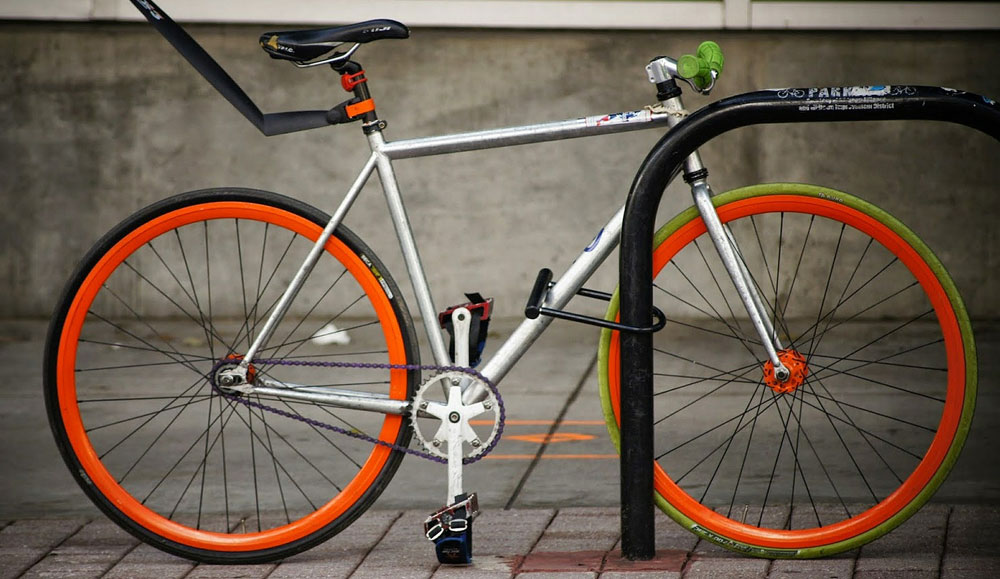
Every bike shop is stacked to the rafters with expensive accessories. But, wanting to be frugal, I rejected the idea that you needed them. I bought a bike and nothing else. No accessories at all. I refused to be pulled into this expensive world.
And then the real world hit me, and I realised how wrong I was.
This is my story. A story of how you actually do need a bunch of accessories, and will massively regret it if you don’t get them.
Shorts
True, you don’t really need these. Just like you don’t need a cup even if someone is going to kick you in the genitals over and over again. But any sustained time on the bike and you’re going to start getting sore.
I managed one ride. By the end of the first hour, my bottom was regretting it. Padded shorts are well worth the investment.
Bottle cage
Human beings literally die if they don’t get water on a regular basis. Even by re-using a sports bottle that I already owned, I still had to buy a cage to put it in.
Multitool
Oh, you want to fit that cage to your bike? Too bad, because the Allen key size doesn’t quite match the six different ones you have left over from Ikea. So, you have two options. One is to go cap in hand around to your dad’s every time you want to change your saddle height. Or two is to buy a multitool.
I tried to get away with option one. But my parents go on holiday too often for it to work.
Jersey
Great, so, I’ve now got my water, but nowhere to put an energy bar. Or my wallet or keys, or basically anything. This is because if you have a regular pocket on a bike, things fall out of it. So, you either need to use shorts or trousers will jip pockets (of which I do not have loads), or buy something with pockets.
Like a jersey. Which has three. For things like keys. It’s that or use some kind of elaborate wave system to try and tell your wife you’re home and want to be let back in.
Inner tube, pump
On my fifth bike ride, my back wheel fell off. I don’t know how to change a wheel. But even if I did, it wouldn’t have been much use because I don’t own a pump or a spare inner tube. Useful purchases, then.
Saddle bag
Oh, you want to have those things for when you need them in an emergency? Looks like you will be buying a saddle back to store them in, then.
Lock
Now we’re rocking and rolling. Sure, we’ve had to give in and buy seven accessories, but now we’re set, right?
Well, yes, unless you have any friends. Or want to ride your back to any kind of location. Because if you wanted to do any of that, you’re going to need a bike lock to lock it up at your destination.
Again, you have options.
You could get your friend to use their bike lock to secure both your bikes, for example. In which case, hope you have a generous friend with a suitably flexible bike lock.
Or you could move to Oxford, where nobody really uses them.
Short of that, you will be investing in an expensive lock because even the expensive ones only provide about a minute’s protection from determined thieves. And one lock is pretty much a starting point: you will want to get a second one to try and hang on to your wheels as well.
Cover
Now your bike is covered in expensive things in a country where it rains all of the time. Maybe you have an indoor storage area. We live in a flat, so the bikes have to live on the balcony. That means investing in a rain cover.
Helmet
I don’t bother with a helmet because the evidence for them is mixed. But a lot of people look at my weirdly. And if I want to ride any organised events or competitions, a helmet will be mandatory.
Lights
Lights are optional, unless, of course, you ever plan on commuting on your bike. In which case, you best hope you only work 10 am to 3 pm, otherwise, you’ll be riding to and from work illegally.
Glasses
Glasses aren’t required unless you want to a) see where you are going in the sun and b) ever ride near a canal or river. If you do want to ride by a waterway, you have the choice of either wearing some glasses or repeatedly being hit in the eye by insects until you blindly ride your bike into said waterway.
Gloves
You can live without gloves unless you want to be able to use your hands at the end of the cycle. For example, being able to use a keyboard in the office or operate your keys to unlock your front door when you get home.
In either of these scenarios seem likely, you will want to ensure there is at least some heat left in your hands when you arrive at your destination.
Mud guards
I don’t care about getting muddy when I go cycling. However, if you ever plan on riding when anyone else, you might start to care. And, if you go out with a cycling club, they are likely to be mandatory.
Things you don’t need
There is one thing you genuinely don’t need to buy for your bike, and that is a computer. The one thing that is actually fun and interesting. Which really digs the claw in. If you want to be frugal, you need to buy every single cycling accessory except the one you actually want.
Summary
People sometimes say that you should avoid spending a fortune on cycling accessories.
However, that is a little unrealistic. I tried it. I bought zero accessories for my bike. But, one after another, I was forced to invest in them. Cycling is a tricky thing to do on a budget.
